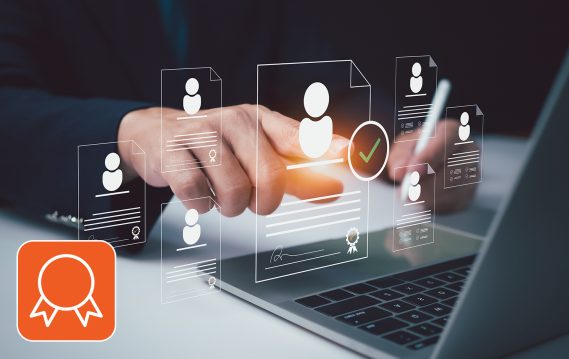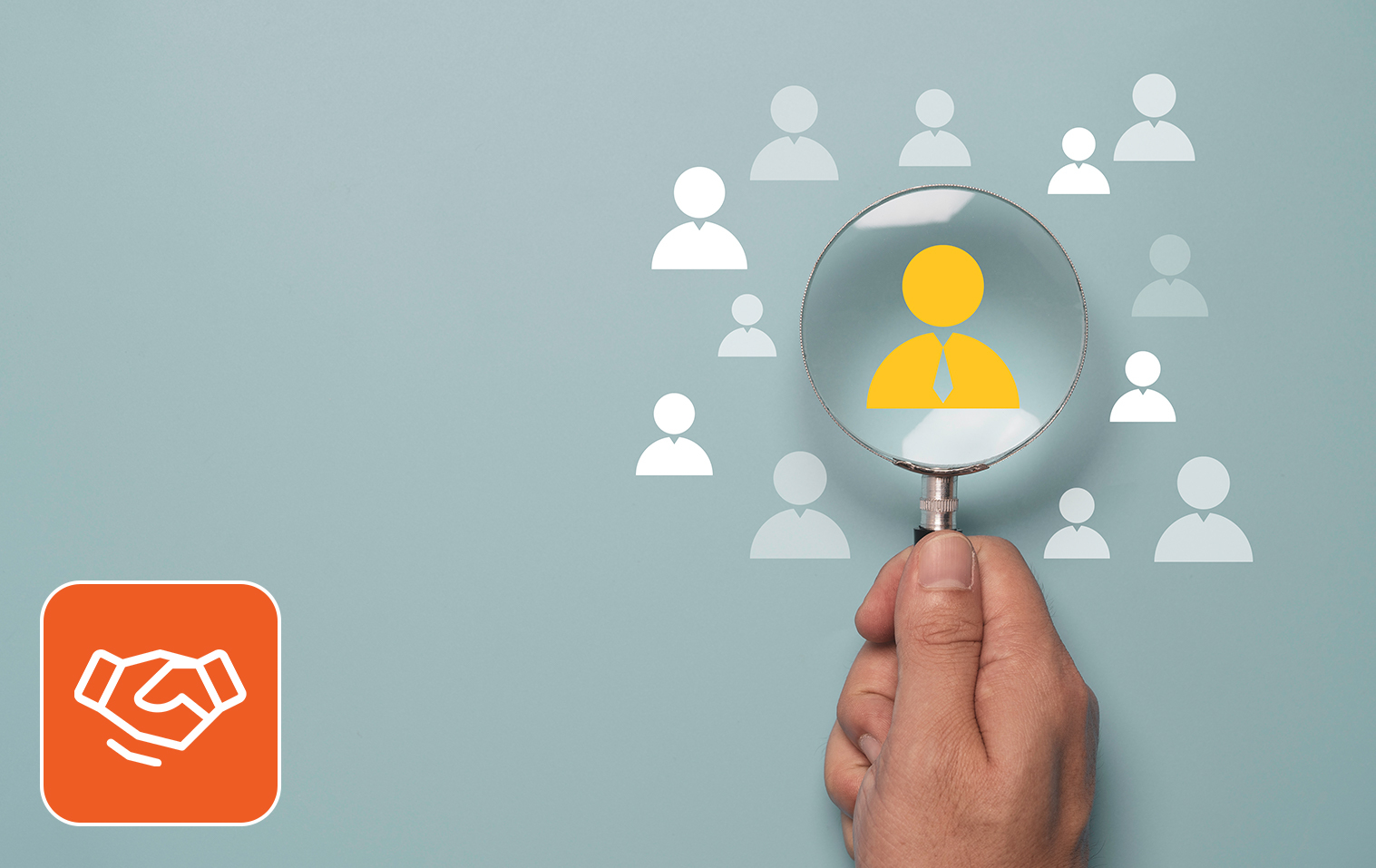The rules of employment are shifting (again). But this time, it’s not reactive, it’s strategic.
Mid-2025, organizations are already facing an evolved set of staffing challenges. AI is automating workflows and participating in decisions. Skills, not degrees, are becoming the currency of opportunity. And people leaders? They’re going beyond managing performance or culture and designing intelligent ecosystems where business goals, employee well-being, and equity meet.
The post-pandemic workplace, which was once new, is now the baseline. What separates resilient organisations from the rest is how quickly they adapt and how holistically they’ve reimagined work. For experienced HR and talent leaders, this may seem like a race to catch up, but it’s not. Instead of trying to speed up, they must focus on shaping what’s next, with precision, data, and intent.
Here are six employment trends that are already transforming how top organizations hire, retain, and lead in 2025.
1. AI-Augmented Workflows Are Now Standard
AI is playing a larger role across the entire employee lifecycle, from sourcing and screening to performance management and career development. In 2025, companies are fully embedding AI into everyday processes.
Recruiters are using AI to identify overlooked talent based on skills and potential. Managers rely on AI-generated insights to guide check-ins and set development goals. HR leaders are evaluating how these systems influence decisions, ensuring fairness, accuracy, and transparency.
What matters now is how well AI tools are integrated, monitored, and aligned with organizational goals. The focus is on building talent systems that combine speed, data, and human judgment, without compromising trust.
2. Skill-Based Hiring Is Taking Over Degree-Based Decisions
The degree requirement has quietly lost its grip. In roles across analytics, cybersecurity, ESG, and product, companies are prioritizing demonstrated skills over pedigree.
A look at job market trends reveals that job postings for AI-related roles requiring formal degrees dropped over 15% from 2018 to mid-2024, even as demand surged.
Organizations are building dynamic skill taxonomies, partnering with bootcamps, and rethinking what qualifies a candidate as “ready.” What’s making this shift effective is a clear focus on evaluation methods that actually reflect capability. Think skills-based assessments, project-based hiring challenges, and internal mobility programs that allow nontraditional candidates to rise.
Hiring has become less about what candidates have done and more about what they can do next.
3. Blended Human-AI Teams Are Reshaping Workflows
Hybrid isn’t the story anymore. It’s the starting point. The evolution is blended work where people and AI collaborate in real-time.
We’re already seeing AI agents assist with resume screening and candidate shortlisting, that’s not new.
What’s changing in 2025 is the scope.
If the latest HR trends are looked at, AI is now taking on more active, contextual tasks like scheduling interviews, drafting outreach emails, and even coaching hiring managers during live conversations.
To accommodate this shift, organizations are redesigning workflows. They are not just plugging AI into existing steps, but restructuring how hiring happens around AI participation.
It’s no longer just “in the tools”; AI is part of the team.
This demands new KPIs, new collaboration norms, and a very different lens on productivity. Teams must now be trained to interact fluently with non-human contributors while also collaborating efficiently with each other.
And for HR, this means enabling environments where AI can be supervised, audited, and challenged when necessary.
4. Employee Well-Being Is Now Built Into Business Operations
Employee burnout has become endemic in today’s workplace culture. Nearly 66% of employees who participated in a 2025 survey report feeling stressed at work daily, with managers and early-career professionals topping the list. But the best organizations are actively trying to solve, support well-being, and prevent burnout.
The support model from employee to employer has shifted from recovery to resilience. Employers are now adding regular well-being check-ins into daily operations. Think pre-emptive paid time off before high-demand sprints, biometric-based nudges to take breaks, and clear 28-day return-to-work protocols after mental health leave.
More importantly, well-being is being measured. It’s no longer about offering apps or yoga credits, but building a system where performance is sustainable, because energy and emotional health are being managed as business resources.
5. DEI Has Shifted from Visibility to Embedded Inclusion
Pushback to DEI is real, but it hasn’t stopped progress from taking root. In 2025, inclusive practices have moved beyond programs and town halls. They’re embedded directly into hiring workflows, leadership dashboards, and product development cycles.
Organizations are now using tools like reverse mentoring, allyship tracking, inclusive language guidelines, and blind project evaluations to drive real outcomes.
In 2025, hiring trends point to a deeper shift. DEI is no longer a standalone initiative, but a reflection of how companies are structured. The ones leading this shift are hiring diverse teams and creating environments where inclusion is built to last.
6. People Operations Has Become a Core Business Function
People operations has gone from a support function to a strategic core. In 2025, HR is about productizing the employee experience. That includes using digital tools to guide new hires, supporting internal career moves, and tracking progress through real-time data.
Managers are being trained to lead with clarity and support, building strong, adaptable teams, not just meet targets.
All of this reflects a bigger shift—HR is becoming more connected. Wellness, learning, DEI, and performance tools are seen working together, and people ops teams are focused on making these systems easy to use, effective, and valuable across the employee lifecycle.
To Conclude
What we’re seeing in 2025 is a new playbook. Work is dynamic, blended, data-rich, and deeply human. And the role of HR? It’s the architect of this transformation, balancing tech, talent, and trust in a world that’s constantly shifting.
To stay competitive, organizations must stop thinking in silos. The most successful HR leaders in 2025 are those who view their work through an ecosystem lens, where every function is interdependent, agile, and always evolving.
This involves building resilient systems and designing workflows where AI enhances, not replaces, human talent. It means creating cultures where well-being, inclusion, and performance mutually reinforce one another. And measuring what matters, not just what’s convenient.
Hiring is evolving. So should your strategy.
SPECTRAFORCE empowers HR leaders with data-driven, inclusive, and AI-ready staffing solutions that match the pace of change and sync with current employment trends.
FAQs
How is AI changing the hiring process?
AI is no longer just a screening tool. It’s transforming how companies find, evaluate, and engage talent. In 2025, hiring teams are using AI to match candidates with roles based on skills, behavior patterns, and performance potential. It speeds up decision-making, reduces manual bias, and helps recruiters spend more time on human connection, where it matters most.
What does skills-based hiring mean?
Skills-based hiring means evaluating candidates for what they can do, not just where they’ve been. Instead of filtering applicants by degrees or job titles, companies now use real-world tasks, assessments, and simulations to gauge fit. It’s helping businesses widen their talent pool and giving overlooked candidates a fair shot at the roles they’re ready for.
Why is employee experience important in today’s job market?
Because experience drives outcomes. A positive employee experience affects everything, from engagement and performance to retention and innovation. In 2025, the best employers are going beyond offering perks and building systems that support growth, flexibility, mental health, and day-to-day ease. That’s what keeps top talent from walking out the door.
What are the benefits of project-based staffing?
Project-based staffing gives companies agility. Instead of hiring permanent employees for every skill, teams bring in specialized talent for defined goals, timelines, or outcomes. This model allows faster execution, lower overhead, and better alignment with shifting business needs—especially in tech, marketing, and transformation roles.
How are companies addressing workforce burnout?
Companies are getting proactive. Instead of waiting for burnout to show up in exit interviews, they’re building preventive structures: pre-scheduled PTO during high-stress cycles, embedded wellness nudges in digital tools, and real-time pulse surveys to catch red flags early. In 2025, well-being is baked into how work gets done, not added as an afterthought.



